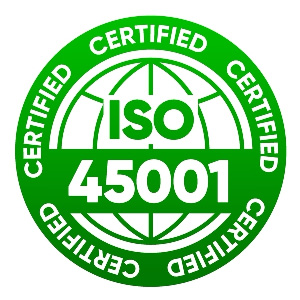The Safety, Health and Welfare at Work Act 2005 requires the employer and its representative management to put in place appropriate System of Work that are planned, organised, performed and maintained so as to be safe and without risk to health.
Safe or Standard Operating Procedures (SOPs) are essentially codes of practice for various hazardous activities & operations. SOPs detail the system of work to be undertaken in the interests of safety, quality and efficiency. SOP are a critical component of this responsibility to provide a systematic and organised approach to workplace safety.
A safe operating procedure is a written document that provides step-by-step instructions on how to safely perform a task or activity which involves some risk to health and safety. (A safe operating procedure is sometimes referred to as a safe work procedure or safe work method statement).
What is included
Before beginning the process of developing safe operating procedures, you of course need to have identified the tasks that need a safe operating procedure. These tasks are referred to as critical tasks because they may pose a health and safety risk.
When writing your safe operating procedures, make sure you include the following things:
Basic steps:
Divide each task into a number of operational steps, and then explain how each step should be carried out.
Safety procedures:
Create explanations of how each step should be carried out which guides the user to carry out the task safely.
The safe operating procedure should be written in a way that gives the person undertaking the task complete information on the task without needing to refer to other resources.
A safe operating procedure must:
- be specific and provide step-by-step instructions; and
- be written in plain English and so that a person who has no prior knowledge of the job can follow the safe work procedure without any problems (if there are differences in literacy or language among your workers or contractors, communicate your safe operating procedures in ways so they are understood by everyone).
Use photos or diagrams to provide clarity.
Hazard identification:
Identify the hazards associated with the task and each individual step and incorporate information into the safe operating procedure about the hazards associated with each step.
Control measures:
Include suitable precautions and control measures to accompany the identified hazards which will eliminate or reduce the level of risk.
Document control methods:
Each safe operating procedure must be dated and assigned a procedure number, a version number, a review date and a copy number.
Create a document control register that states which safe operating procedures have been issued, when, and to whom. The register should also state how often it will be reviewed and set out the next scheduled review date.














